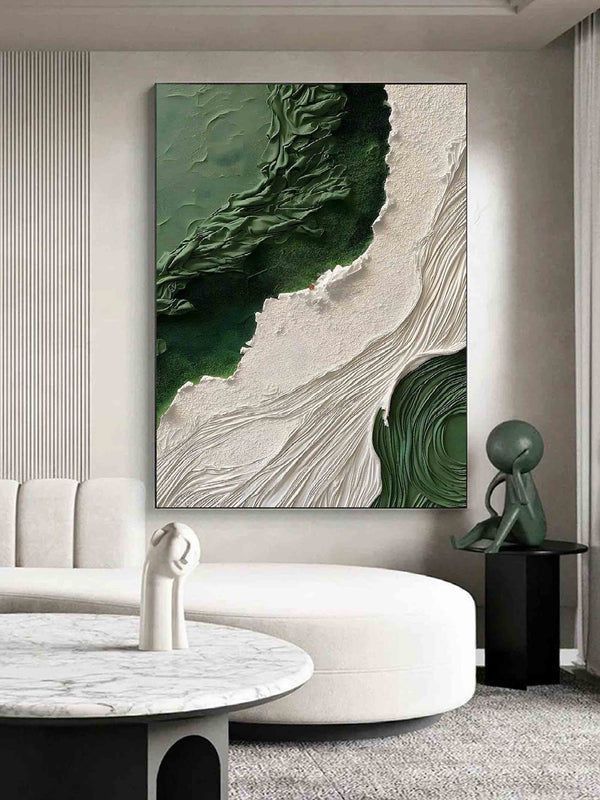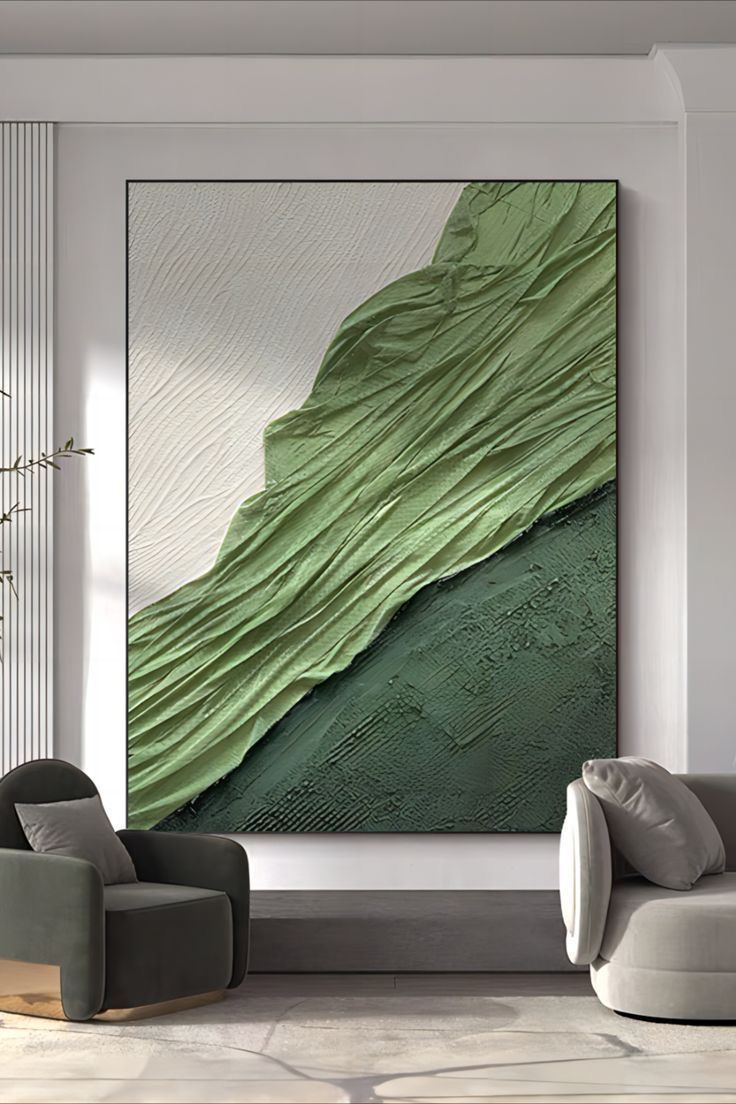
How to Get Started with Canvas Painting: A Beginner’s Guide
Canvas painting is a rewarding and expressive art form that allows individuals to bring their imagination to life. Whether you are a complete beginner or
Canvas painting offers a diverse range of techniques that allow artists to express their creativity in unique ways. Understanding different painting methods enhances artistic skills and opens up new possibilities for expression. This guide delves into various techniques, providing insights into their applications and benefits.
Wet-on-wet painting, also known as alla prima, involves applying fresh paint onto a still-wet layer. This technique is widely used in oil painting and enables smooth blending of colors. Artists achieve soft transitions and fluid compositions, making it ideal for landscapes and portraits. Controlling brush pressure and selecting complementary hues enhance the effect.
The dry brush method involves using a minimal amount of paint on a dry brush, creating a textured, rough appearance. This technique is effective for adding highlights, details, and depth. It works well on rough canvas surfaces, allowing the paint to catch on the texture, producing striking effects. Experimenting with various brush strokes yields different results, from delicate lines to bold textures.
Glazing involves applying thin, transparent layers of paint over dried layers to create depth and luminosity. This technique is commonly used in oil and acrylic painting to enhance richness and vibrancy. By layering different colors, artists achieve complex tones and subtle shading. Precision and patience are key, as each layer must dry before adding another.
Impasto is a bold technique where thick layers of paint are applied to the canvas, creating a three-dimensional effect. This method allows brushstrokes and palette knife marks to remain visible, adding dynamic movement to the artwork. It is particularly effective for expressive styles and abstract compositions. Using a palette knife instead of a brush enhances the texture further, making each stroke more pronounced.
Stippling involves creating an image using small dots of paint. By varying the density and spacing of the dots, artists achieve shading and intricate details. This technique is time-consuming but produces stunning results, especially in monochromatic works. Acrylics and oils work well for stippling due to their ability to maintain shape without excessive spreading.
Scumbling is a technique where a dry, light-colored paint is lightly brushed over a darker, dried layer. This creates a soft, hazy effect that adds atmospheric depth to paintings. Artists use this method to depict mist, clouds, and subtle light reflections. The technique requires a gentle hand and a willingness to experiment with layering and transparency.
Underpainting involves creating a monochrome or limited-color base layer before adding final colors. This establishes the composition, values, and contrasts early in the process. Traditionally, artists use earth tones for underpainting, allowing them to build colors gradually while maintaining depth and structure. It serves as a guide for applying subsequent layers.
Sgraffito is a technique where paint is scratched away to reveal underlying layers. This method creates striking contrasts and intricate details. Using tools such as palette knives, brushes, or even nails, artists carve into the paint while it is still wet. This technique is useful for adding fine details, highlights, and unique textures.
Splattering involves flicking or throwing paint onto the canvas to create spontaneous, energetic effects. This technique is popular in abstract and modern art, producing unpredictable and dynamic compositions. Artists control the size and direction of splatters using different brush types and flicking motions, resulting in varied textures and expressive elements.
Blending is a fundamental technique where colors are seamlessly merged to create soft transitions. It is particularly useful for realistic paintings and gradient effects. Using soft brushes, sponges, or fingers, artists gradually mix hues while wet, achieving smooth color changes. Practicing blending improves shading skills and enhances overall visual harmony.
Exploring different techniques in canvas painting allows artists to expand their skills and develop a unique style. Whether using wet-on-wet for fluid transitions, impasto for texture, or stippling for detailed patterns, mastering these methods enriches artistic expression. Experimentation and practice pave the way for innovation, making canvas painting a continually evolving art form.

Canvas painting is a rewarding and expressive art form that allows individuals to bring their imagination to life. Whether you are a complete beginner or

Canvas painting offers a diverse range of techniques that allow artists to express their creativity in unique ways. Understanding different painting methods enhances artistic skills